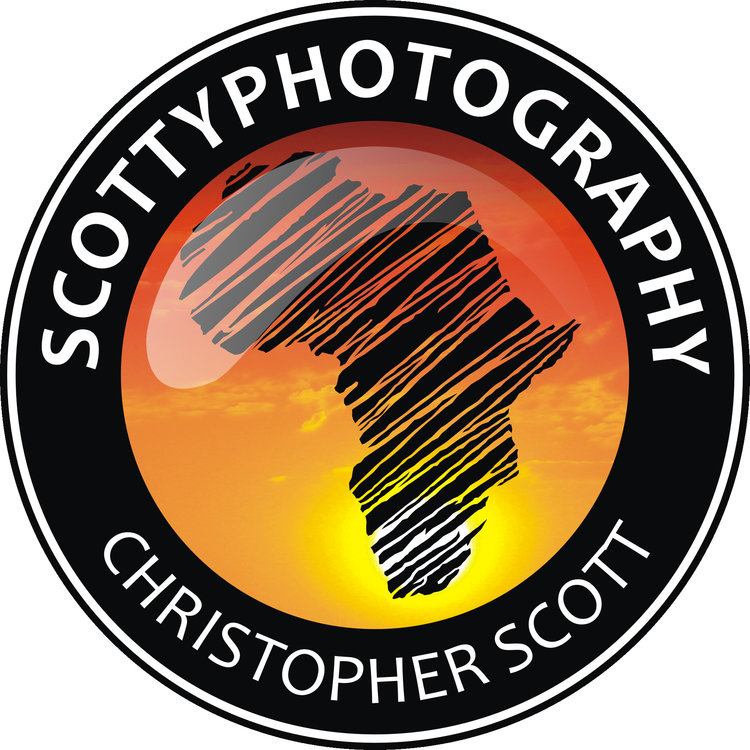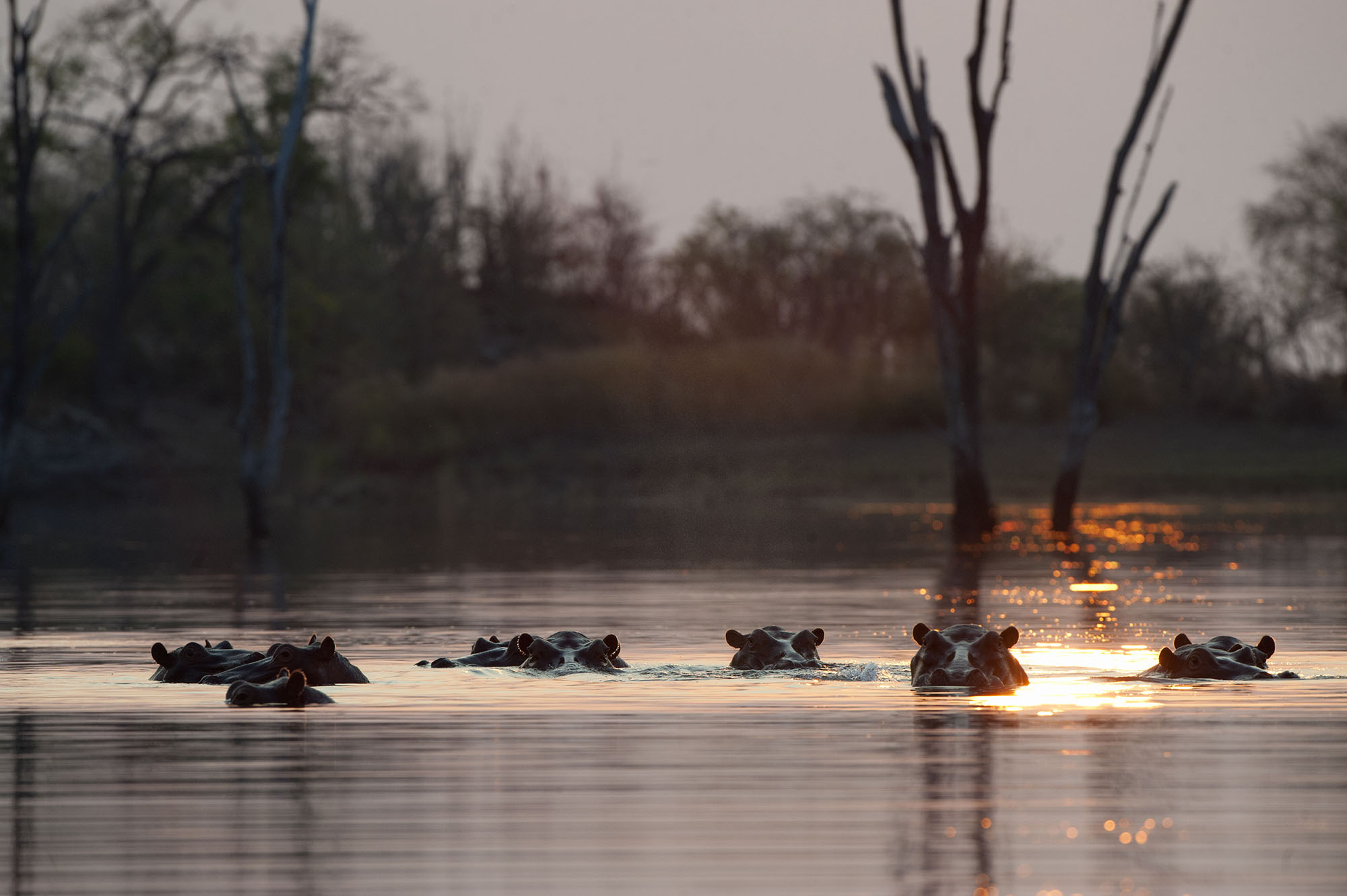Most, if not all, wildlife photographers have gorilla sized forearms from wielding some of the longest lenses money can buy. They are also not shy to wield the beastly lenses in the direction of any animal, bird or insect that has the misfortune to wander into view. Its no surprise that I fit into that bracket and unashamedly utilize the large magnification you get from long lenses.
Other then the associated cardio workout that you get from wielding such lenses, you are also able to get really close to your subject matter without having to sit on top of them. This is an advantage that we should not scoff at as most wildlife photographers are keen conservationists and have the comfort of and respect for their subjects in the fore of their consciousness. The only drawback from wielding such magnification is that it can become quite addictive and when the action heats up there is little regard for thinking or doing anything else.
Again, I am one of those that gets distracted by the 'pink mist; when the action starts and have only recently been able to consciously drag myself away from the long glass and approach animal, action and behavior using shorter lenses that afford a wider view of my subjects. Again, most pro wildlife photographers will have a shorter zoom or prime, such as the excellent 70-210 range, for exactly that reason, the wider you shoot the more you see and seeing the whole picture is as important as seeing the tick that hangs off your subjects eyelash.
So next time you are bashing away with your long glass, stop, think and pick up a shorter telephoto and try and capture the animal, or animals, in their environment.
Why: Despite the temptation to use his longest lens Chris used a shorter focal length to enable him to capture the whole herd of Buffalo as well as the huge cloud of dust that picked up the subtle pink hues of dawn. Using a longer lens would have drastically reduced the angle of vision and thus how much of the scene Chris could have captured.
How: Nikon D610 and Nikkor 80-200mm f2.8 @ 200mm ISO 800 1/500th second @f6.3
Where: Hwange National Park
Would you like to learn more about photographic techniques and how to take great pictures? Join Chris on a Photographic Safari Workshop in some on Southern Africa's most stunning wild areas.









